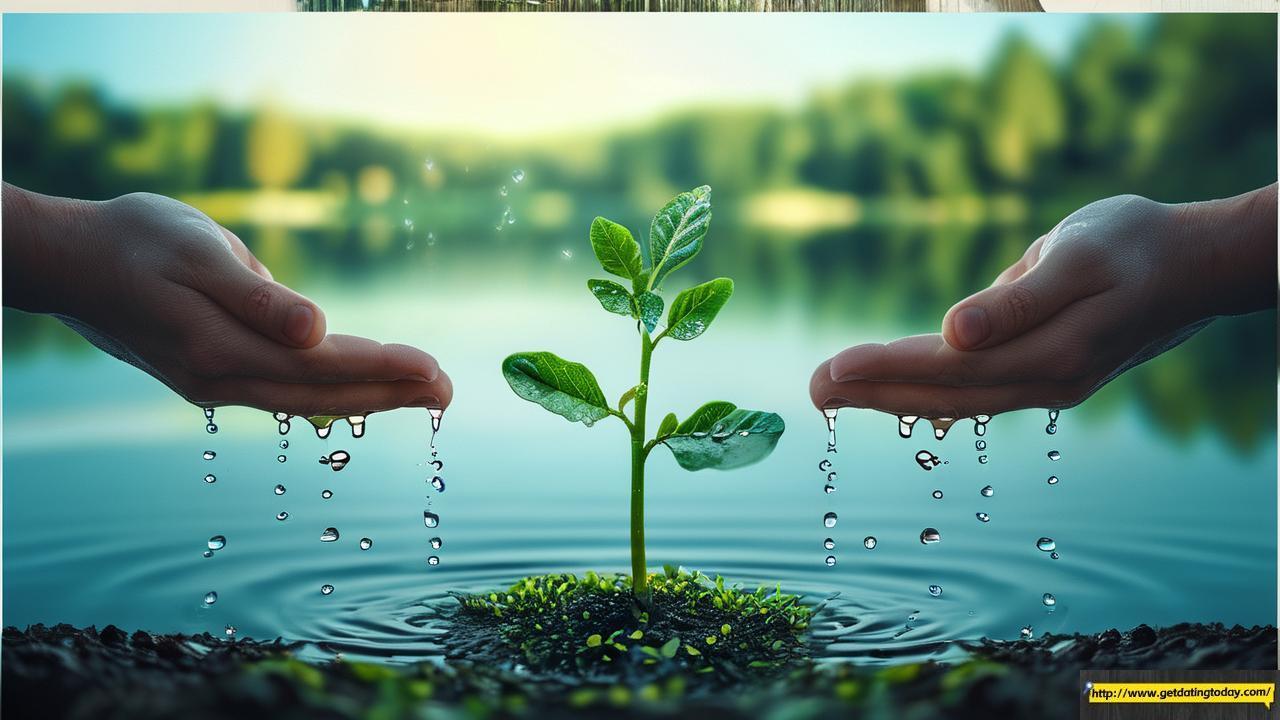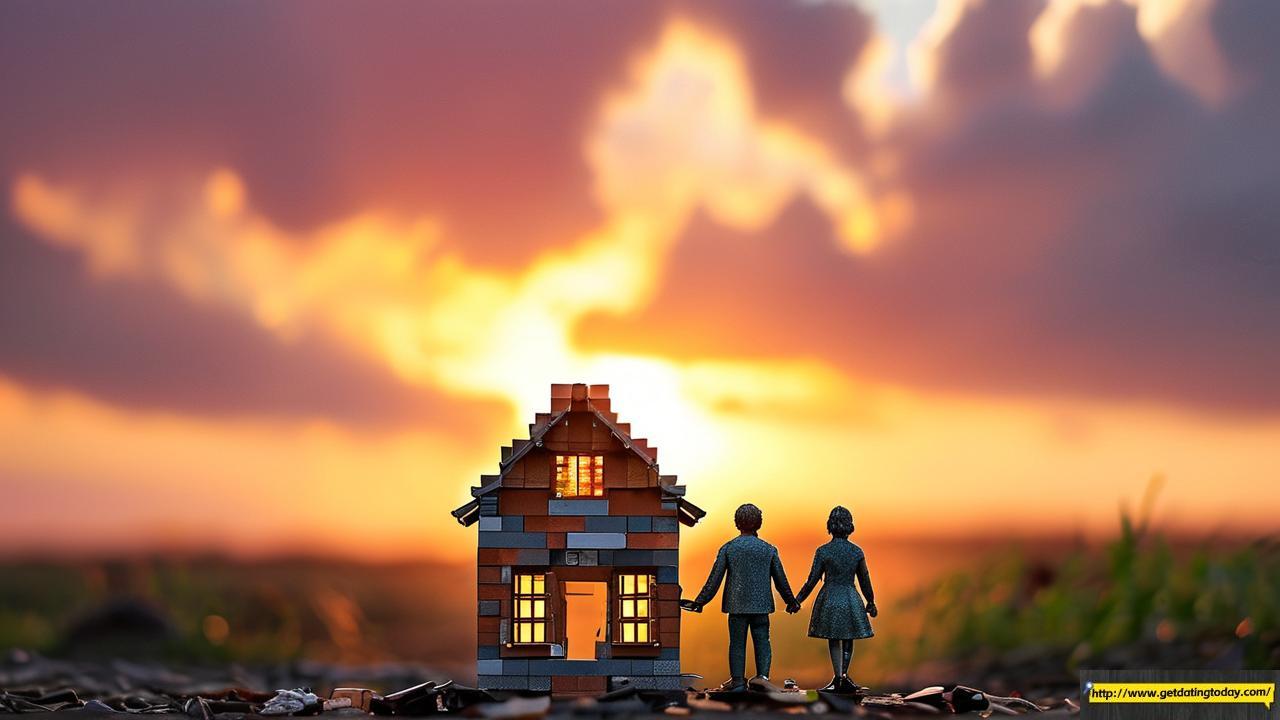You know that moment when you’re sitting across from your* Relationships aren’t built on grand gestures alone—they’re crafted in the quiet, everyday moments where emotions are nurtured like delicate seedlings. Let’s talk about how to water those seeds intentionally.

Step 1: Listen Like You Mean It
Most of us think we’re good listeners until our partner says, “You’re not hearing me.” Real listening isn’t just waiting for your turn to speak. It’s about tuning into their tone, their pauses, the things they don’t say. Try this: Next time they share something, mirror their words back. “So you felt overlooked when I canceled plans?” It’s not therapy-speak—it’s saying, Your emotions matter here.

Step 2: Keep Dating… Even If You’ve Been Married for Decades
Remember how you’d plan surprises early on? That energy doesn’t have to fade. My neighbor, married 40 years, still leaves sticky notes It’s not about fancy dinners (though those are nice). It’s about saying, I choose to keep discovering you. Schedule a “mystery night” once a month—take turns planning something unexpected, even if it’s just stargazing on the driveway.

Step 3: Fight Smarter, Not Harder
Conflict isn’t the enemy—stonewalling or contempt is. When tensions rise, ask: Are we trying to win, or understand? A couple I know keeps a “time-out” stuffed animal. When one grabs it, the argument pauses for 10 minutes. Use that time to ask yourself: What’s my real fear here? Often, anger is just hurt in disguise.

Step 4: Create Rituals That Belong Only to You Two
Routines build intimacy., or texting each other sunset photos daily. My friend’s grandparents shared a single milkshake every. These tiny rituals become emotional anchors. As one wise couple told me: “Love isn’t something you find; it’s something you build, one intentional brick at a time.”

Step 5: Dig Deeper Than “How Was Your Day?”

We’ve all had those robotic exchanges. Break the script. Ask questions that invite vulnerability: What made you feel alive today? or What’s something you’re quietly proud of? Last week, my partner asked me, “What childhood memory do you wish I could’ve witnessed?” Suddenly, we weren’t just talking—we were time-traveling together.

Step 6: Let Them Change (And Let Yourself Change Too)
The person you fell for won’t stay frozen in time—and neither will you. Embrace the shifts. initially annoyed her… until she realized his nightly practice sessions were his way of processing grief. Now she leaves lyric snippets in his lunchbox. Growth isn’t betrayal—it’s proof you’re both fully alive.
Step 7: Practice Gratitude Out Loud
It’s easy to notice what’s missing. Try naming what’s present. Say the quiet parts out loud: “I love how you make coffee for me even when you’re half-asleep.” Or “Thank you for listening earlier—I felt safer after we talked.” One study found couples who regularly express appreciation are 3x less likely to divorce. Why? Because gratitude is emotional oxygen.
Here’s the secret no one tells you: Strong relationships aren in the rain together. It’s in the messiness of mismatched rhythms and stepped-on toes that trust deepens. So next time you feel stuck, ask yourself: What tiny step could I take today to nurture this connection? Sometimes, the smallest shifts—a handwritten note, a six-second kiss goodbye, a genuine “Tell me more”—ripple outward in ways you’ll still be marveling at years from now. After all, the best relationships aren’t found… they’re grown.
